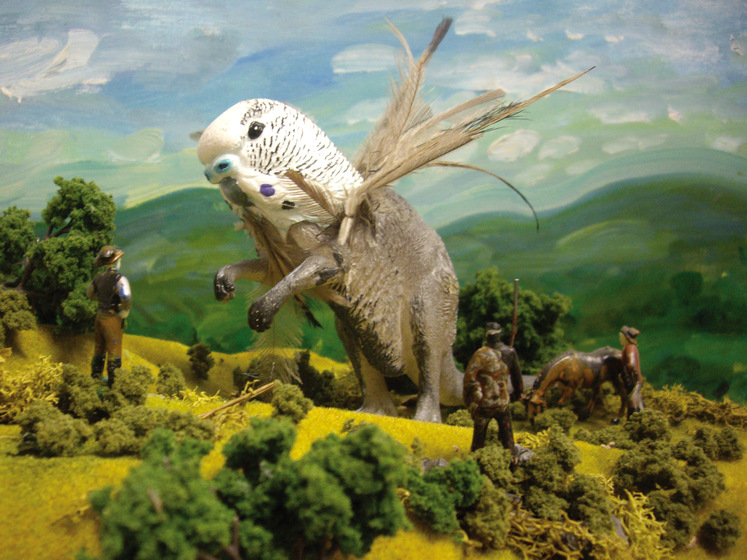Urban Fringe
Urban Fringe brings together artists and photographers who are exploring the Melbourne urban fringe. Their works provide a commentary on the spaces where urban and natural environments meet, clash and coexist. Beginning with white colonisation and the myth of ‘terra nullius’, these artists discuss the treatment of the Melbourne environment over time, the cost of progress and acts of reclaiming public spaces through their works.
Melbourne is an expanding city, with a growing population and sprawling urban development. It is predicted that by 2056 an additional 4 million people will settle in Greater Melbourne, increasing the population from 5 million to 9 million people over the next 30 years (1). While some expansion is vertical, in the form of high-rise developments, much of this growth is across the peri-urban fringe, described simply as ‘areas on the urban periphery into which cities expand’ (2) or ‘which cities influence’ (3).
In Melbourne, these peri-urban areas of most rapid growth are currently the local government areas of Cardinia, Casey, Hume, Melton, Mitchell, Whittlesea and Wyndham. With population growth comes the inevitable expansion of infrastructure, services and transportation. As the fringes of the city continue to sprawl, what was once the urban fringe and green edge of the city has to be negotiated, as it is increasingly encroached upon.
The artists and photographers in Urban Fringe examine these spaces on the fringe of the expanding city of Melbourne, where urban and natural environments meet, clash and coexist. Beginning with white colonisation and the myth of ‘terra nullius’, these artists discuss the treatment of the Greater Melbourne environment over time, consider the cost of progress, and explore protest and the reclamation of space.













